A000000000001000AA011 by Lilia Li-Mi-Yan & Katherina Sadovsky
Date: 2020-2022
Media: Video, 3D, CGI, sound, AI
Link to Lilia Li-Mi-Yan
Link to Katherina Sadovsky
In A000000000001000AA011, we explore the possibility of human interaction and connection with other forms of existence. What would happen if we had new bodies, created through interaction with new technologies, materials, bacteria? Would we be eternal, or would we remain the same? We are concerned with the questions: what will happen to the emotions of the post-human, the cyborg-human? Will we be able to refuse to reproduce ourselves?
The characters in this video are equipped with special implants and an additional organ system that allows them to survive in their sci-fi modern world, where many environmental disasters have occurred. Powerful CO2 emissions into the atmosphere have led to global warming, and viruses have destroyed an ordinary biological body, forcing it to adapt to current conditions. The body of a new person, a posthuman, has learned to reproduce the critical organ systems and has also become something like a farm for growing cells and cellular organoids to create the same organs. Advances in technology and biotechnology have allowed the posthuman to survive in the most challenging conditions, reanimate the dead body and grow food with the help of innovative 3D printers and incubators. The posthuman possesses new systems of perception and feeling. For example, a system of increased empathy allows you to feel the emotional and physical state of people like him and "Inhumans". Brain mapping and emulation capabilities will enable new humans to be eternal as a neural network in digital reality or have an augmented biological body.
These characters are concerned with the same questions as us: the rights of the posthuman, if an individual can dispose of their death, if it is possible not to die anymore, love, responsibility, the possibility of reproduction and the transmission of their genes, whether children can be conceived, carried, and born outside the body.
We look closely and see something like tumors, cosmetic deformities, and parasitic (possibly symbiotic) collaborations with something organic. At the same time, we see that the subjects-carriers do not feel uncomfortable from such a neighborhood on their body.
The posthuman escapes the lifetime of his civilization. Objectively, the nervous system's plasticity is faster than technological evolution, and yesterday's demonization of information speed is not a biological but a cultural problem.
The slow social evolution we are witnessing in this sci-fi universe is politically conditioned: the current government in any country is interested in slowing down. That is why it is most willing to introduce updated protocols and security strategies. Through them, society learns patterns leading to social stagnation.
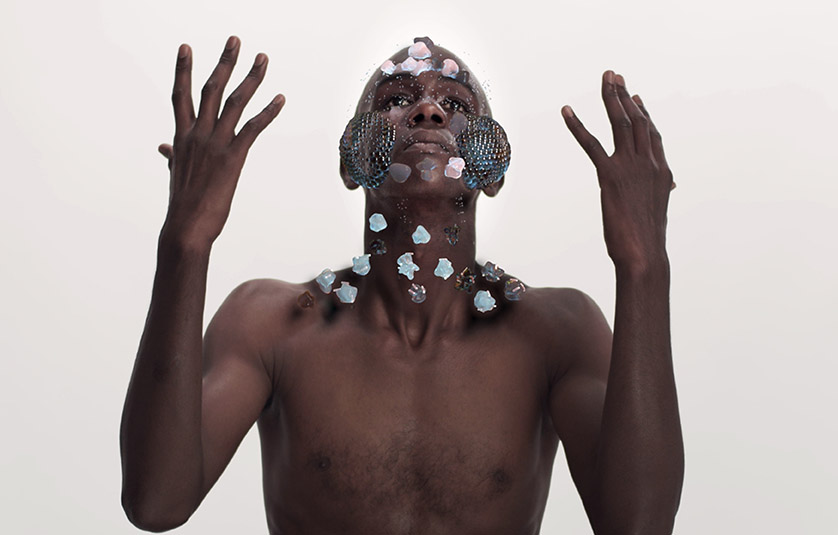
The Artists:
Lilia Li-Mi-Yan (1971) and Katherina Sadovsky (1985) are a Russian artistic duo working together since 2016.
Their diverse approach to art practice encompasses art media such as video, CGI, 3D, sculpture, photography, AI, installation, sound, site-specific practices.
In their projects, Li-Mi-Yan and Sadovsky explore questions of the future, ecology, the relationship between humans and Nature, the possibilities of human interaction and connection with other forms of existence.
What happens if we, as a species, have a new body created in interaction with new technologies, materials, bacteria? Will we be eternal, and will we remain the same people? What will happen to the emotions of the new human, posthuman, cyborg...? Will we be able to refuse to reproduce ourselves? Given the rise of medicine and biotechnology, our emotional development is frozen in the capsule of our ancestors. Today we are still hunters and gatherers.
Artists critically analyze these issues, inconveniently intruding into nature with digital images on polymer materials, comparing this art gesture with the attitude of humanity towards non-human agents and the biosphere in general.
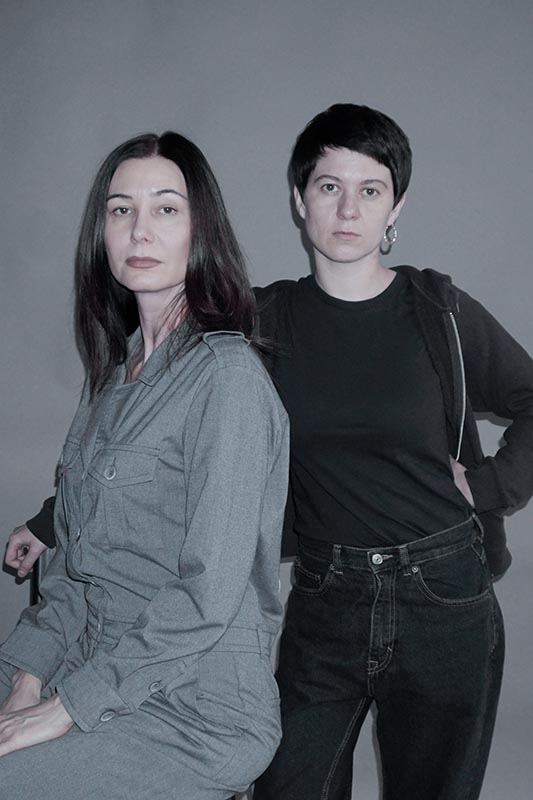
 The Artists:
The Artists:

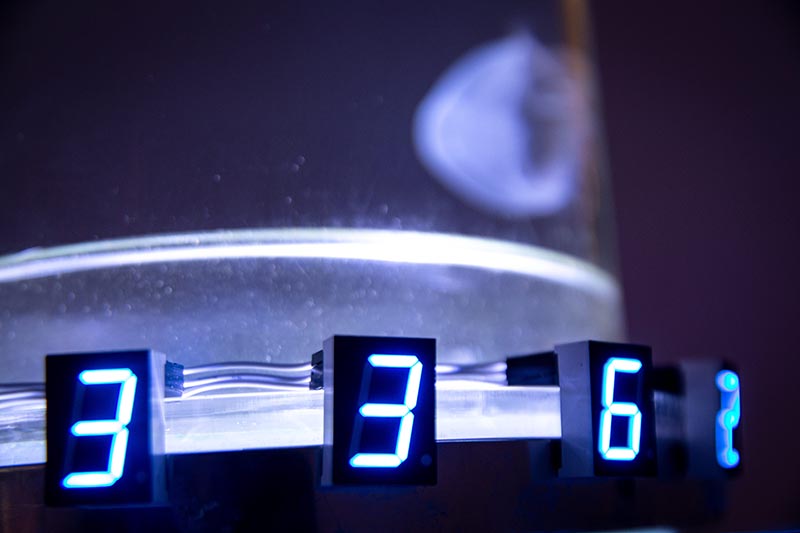 The Artist:
The Artist:.jpg)
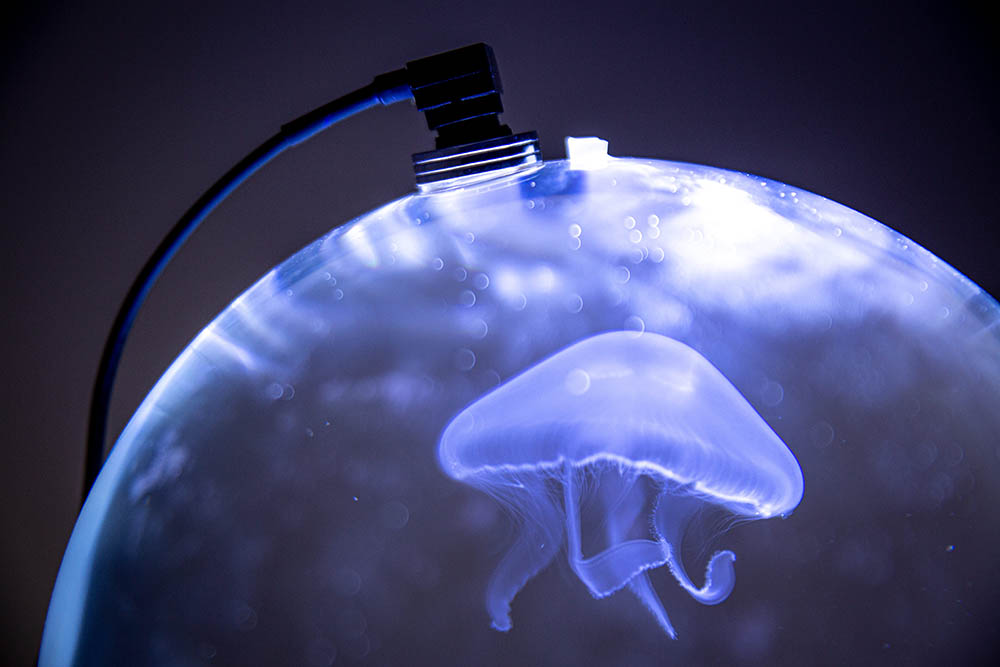
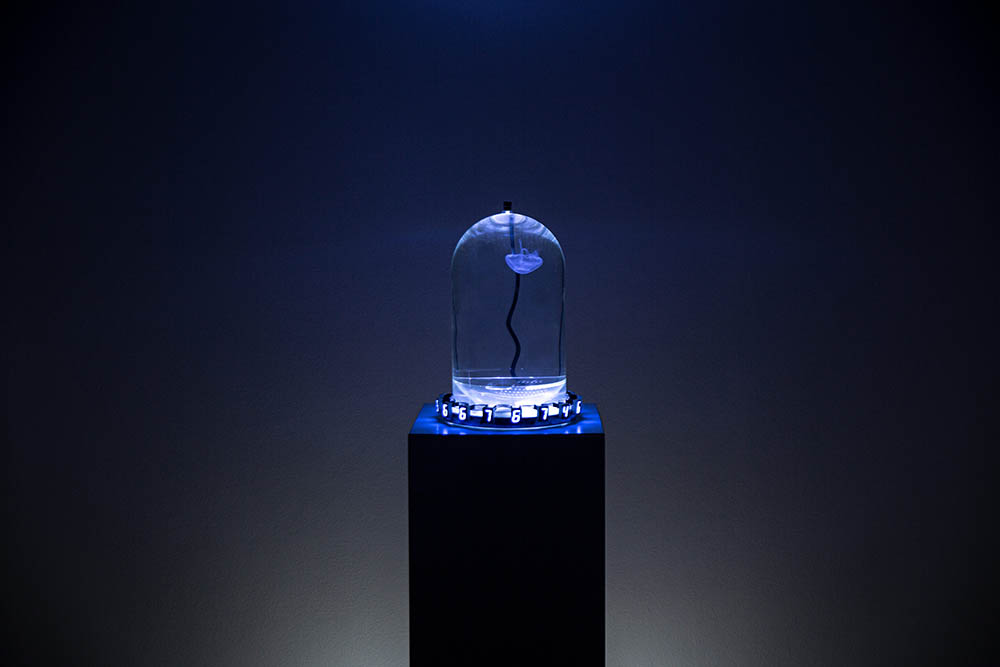
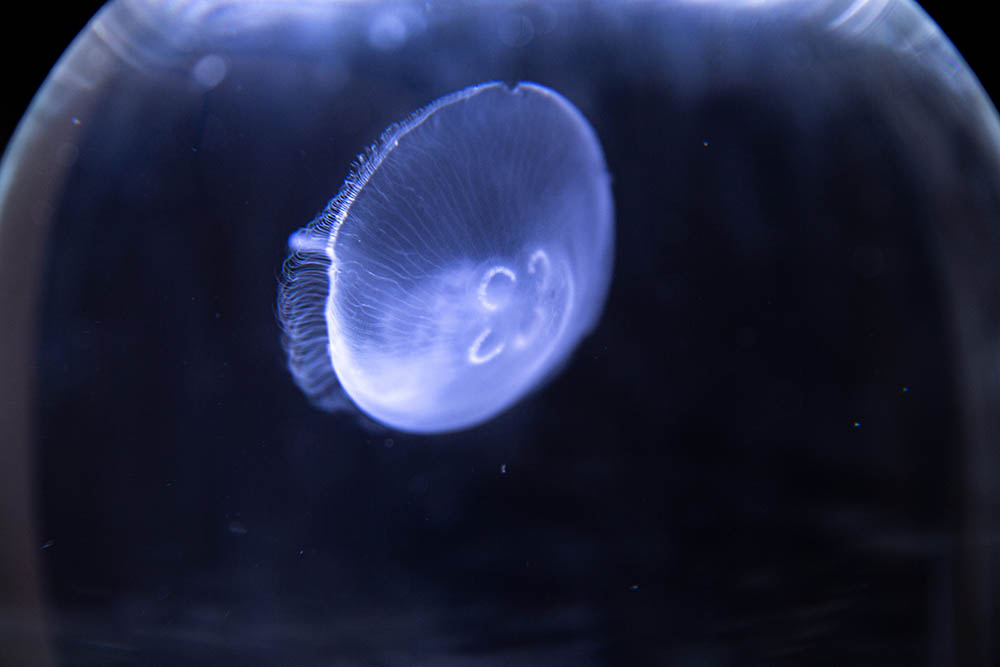
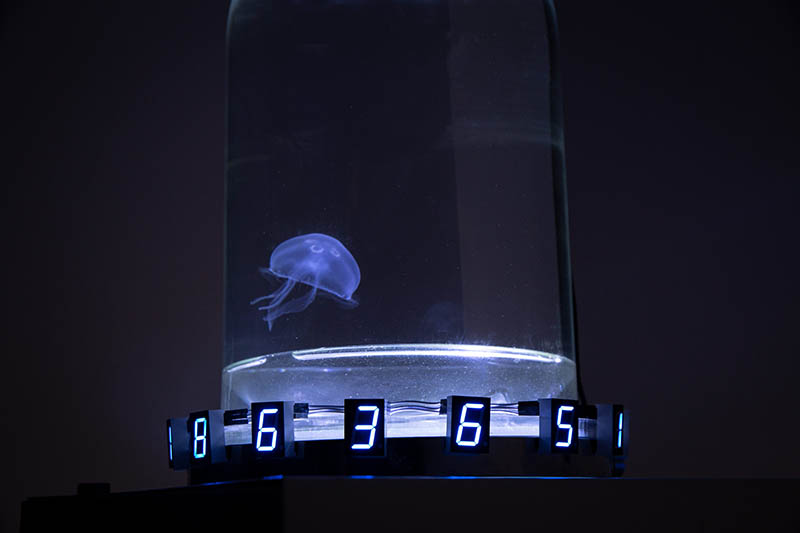
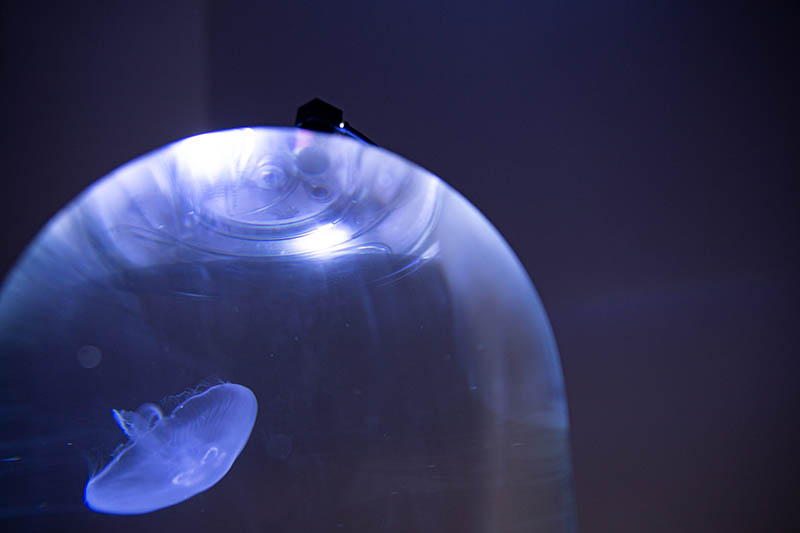
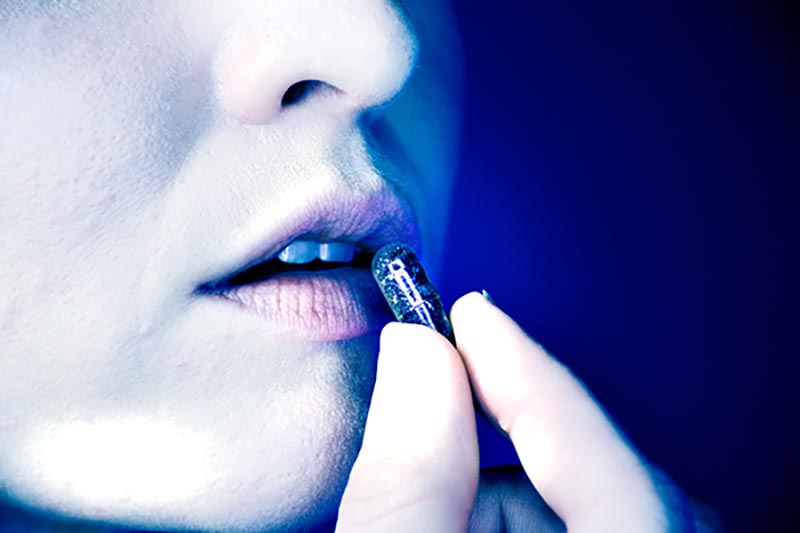 The Artist:
The Artist:
.jpg) The Artist:
The Artist: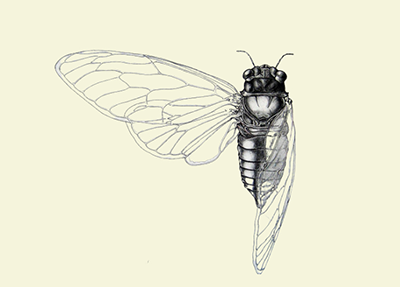 This series of audio-text pieces was created as a collaboration between myself and GPT-3, an AI text generator. These poetic, absurdist narratives tell stories of vulnerability, insecurity and dreams of anthropomorphic and spiritual grandeur from the perspectives of a series of insects, animals and plants. To create these pieces, I started by writing fragments of text about the animal/plant in each section. I used these fragments as prompts for the GPT-3 engine, which produced AI-generated text in response. I then went through an editorial process, in which I edited the generated text and experimented with using some of this generated material as new prompts for the GPT-3 system. In the end, each piece is a combination of fragments of text that I wrote and edited fragments of text generated by the AI. Each text is accompanied by sound effects, which the user triggers manually as they read the story.
This series of audio-text pieces was created as a collaboration between myself and GPT-3, an AI text generator. These poetic, absurdist narratives tell stories of vulnerability, insecurity and dreams of anthropomorphic and spiritual grandeur from the perspectives of a series of insects, animals and plants. To create these pieces, I started by writing fragments of text about the animal/plant in each section. I used these fragments as prompts for the GPT-3 engine, which produced AI-generated text in response. I then went through an editorial process, in which I edited the generated text and experimented with using some of this generated material as new prompts for the GPT-3 system. In the end, each piece is a combination of fragments of text that I wrote and edited fragments of text generated by the AI. Each text is accompanied by sound effects, which the user triggers manually as they read the story.
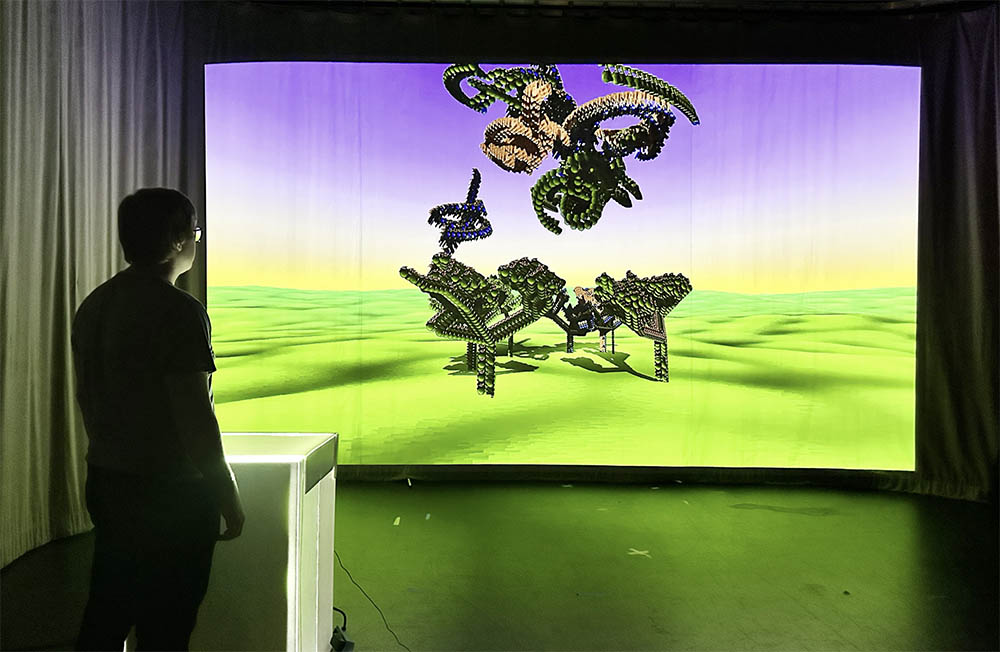 The Artists:
The Artists:
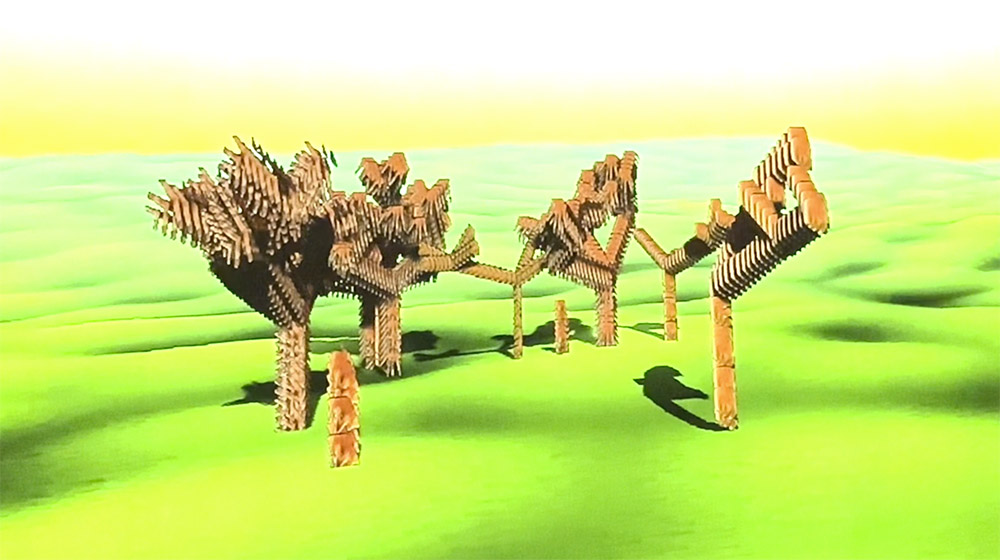
.jpg) The Artist:
The Artist:
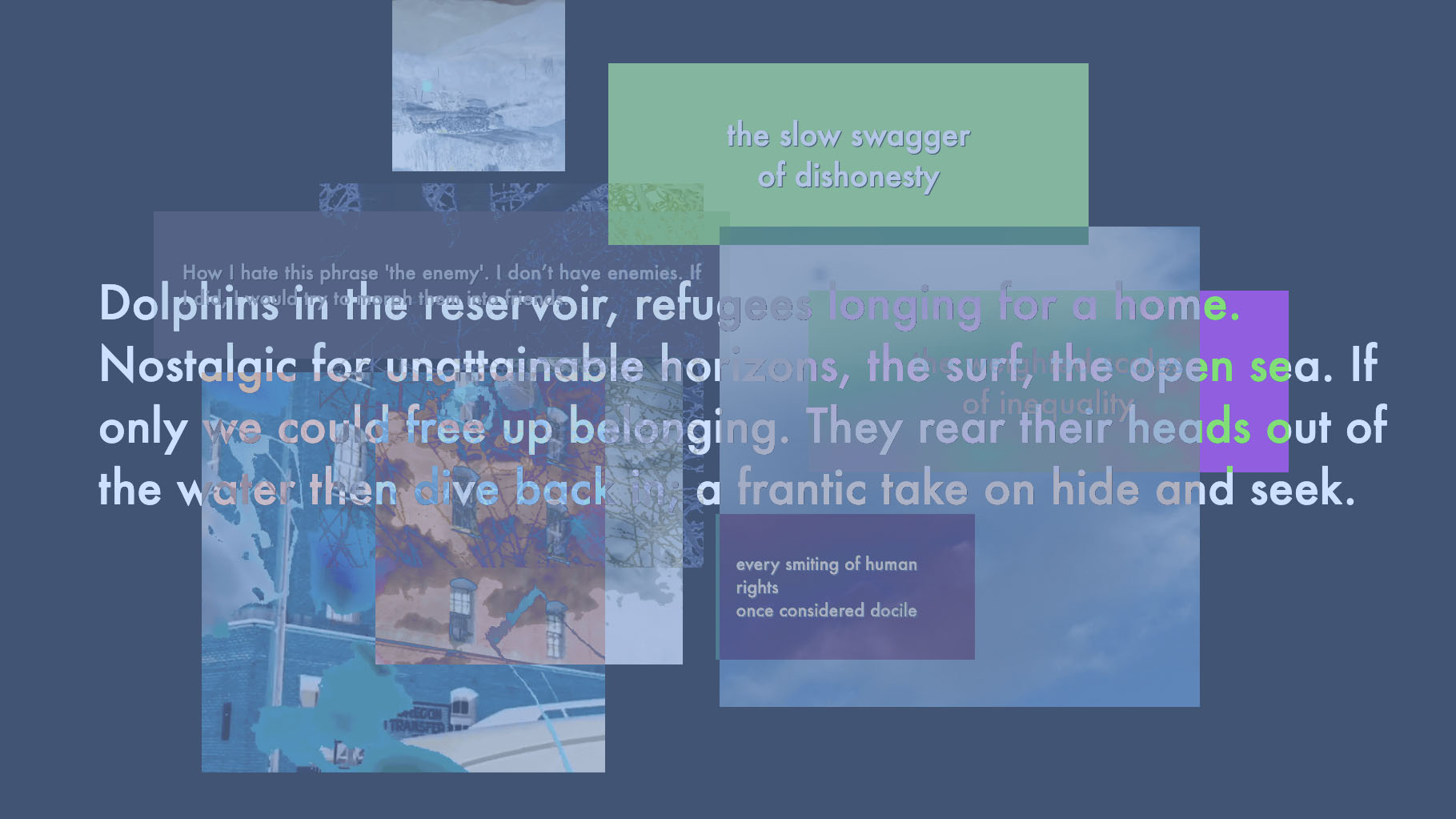 Dolphins in the Reservoir is an interactive and recombinant work that employs moving images, text and sound. It envisages a society stretching into the future, through fragmented and transitory evocations of what our society is like now and how we might understand it. It confronts the many social challenges (climate, disease, authoritarianism and technological change) we face through the subjective, contradictory and often uncanny experiences of individuals. Saturated with media, the individual experiences a multimodal montage of the imaginal and the mundane, the institutional and the vernacular, the dystopian and utopian, the human and the non-human; discourses over which they have limited control.
Dolphins in the Reservoir is an interactive and recombinant work that employs moving images, text and sound. It envisages a society stretching into the future, through fragmented and transitory evocations of what our society is like now and how we might understand it. It confronts the many social challenges (climate, disease, authoritarianism and technological change) we face through the subjective, contradictory and often uncanny experiences of individuals. Saturated with media, the individual experiences a multimodal montage of the imaginal and the mundane, the institutional and the vernacular, the dystopian and utopian, the human and the non-human; discourses over which they have limited control.
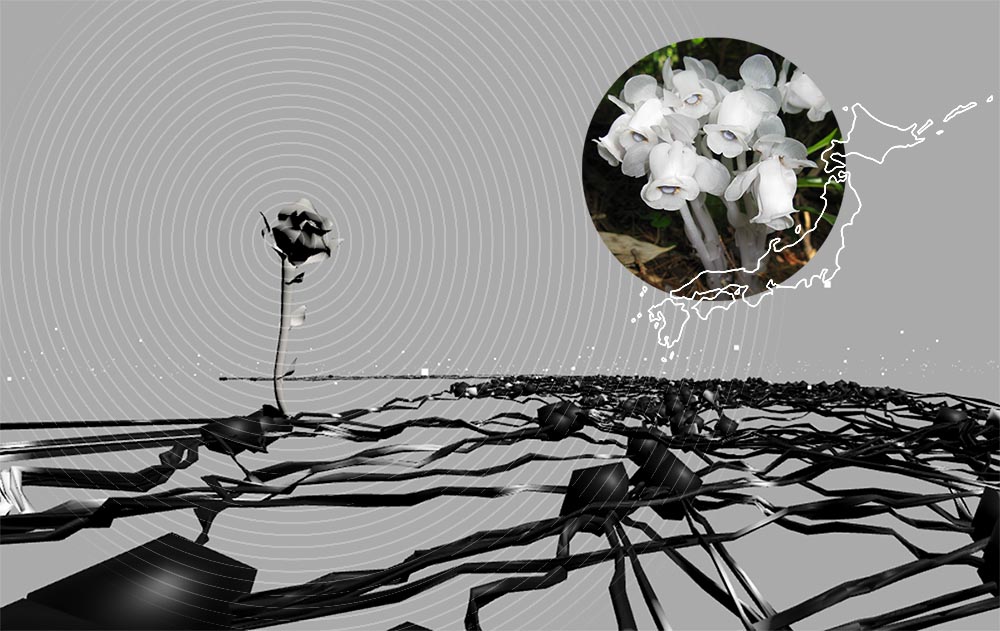 The Artist:
The Artist:
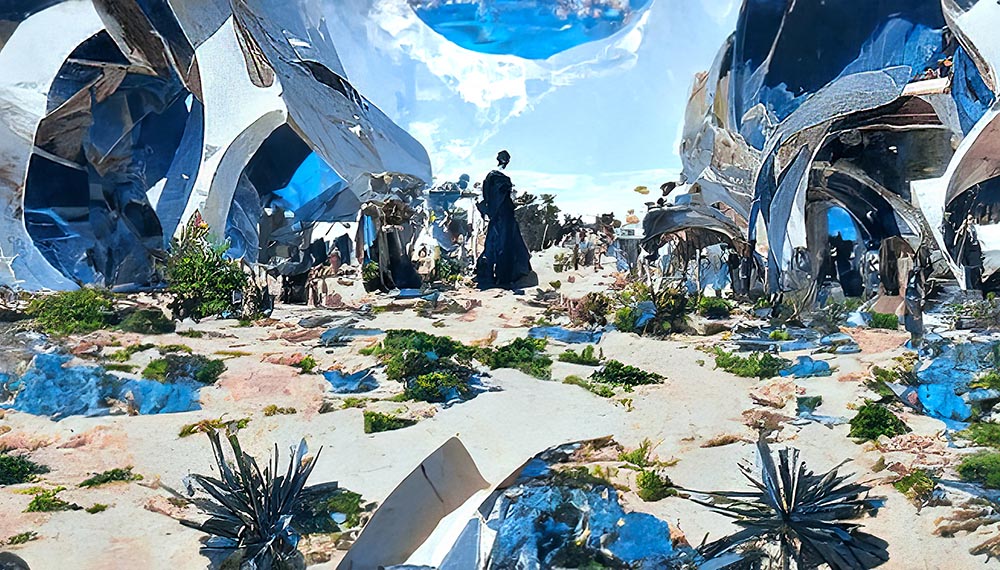 The Artist:
The Artist:
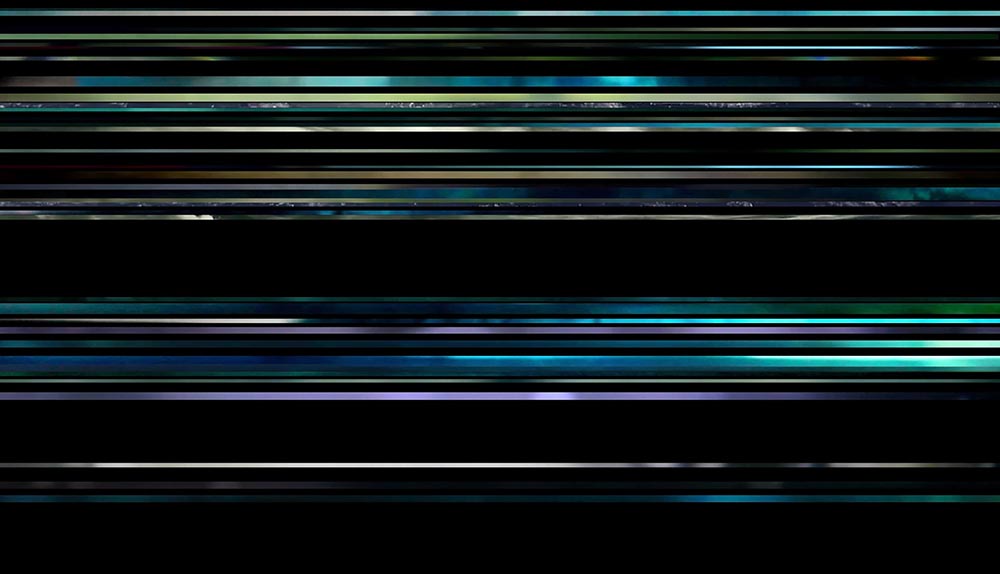 The Artists:
The Artists:
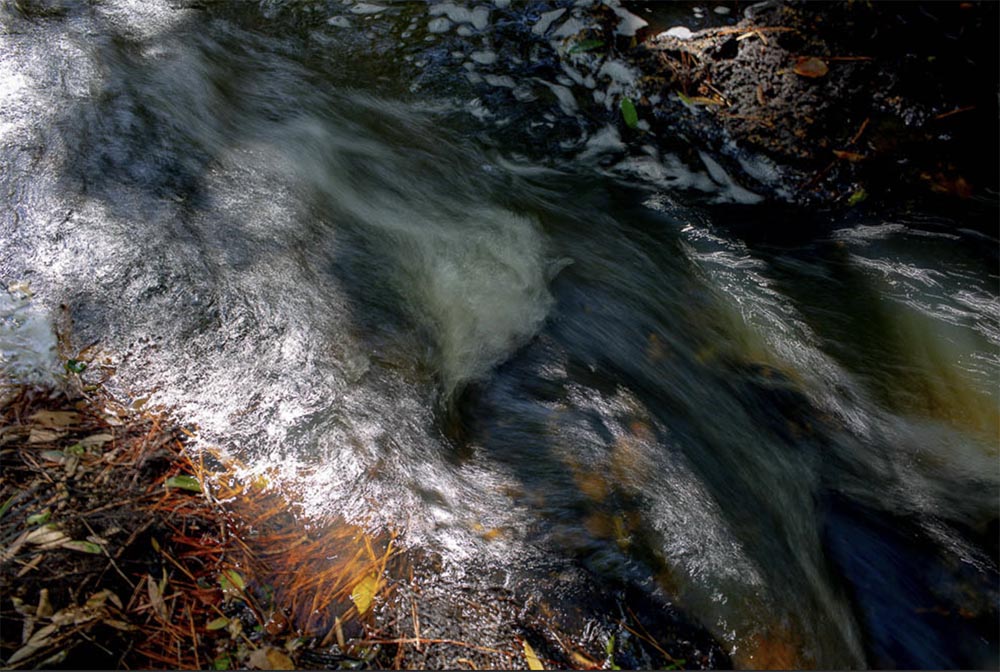 Listening in the Wild: Reimagined Listening in the Wild is a series of immersive soundscapes and site-specific photography exploring environments across the Sunshine Coast in Queensland, Australia. The project was commissioned for Horizon Festival 2020 in Australia and produced live and streamed for listeners at home as remote experiences during Covid-19 lockdowns. These experiences are created by artists Lyndon Davis, Dr Leah Barclay and Dr Tricia King as transient listening experiences interwoven with Kabi Kabi stories. The locations include virtual sound walks through Eudlo Creek National Park, a journey along the Maroochy River and an ocean expedition from Mooloolaba Beach with all audio produced and mixed live by Leah Barclay. Each soundscape is accompanied by site-specific photography by documentary photographer Tricia King.
Listening in the Wild: Reimagined Listening in the Wild is a series of immersive soundscapes and site-specific photography exploring environments across the Sunshine Coast in Queensland, Australia. The project was commissioned for Horizon Festival 2020 in Australia and produced live and streamed for listeners at home as remote experiences during Covid-19 lockdowns. These experiences are created by artists Lyndon Davis, Dr Leah Barclay and Dr Tricia King as transient listening experiences interwoven with Kabi Kabi stories. The locations include virtual sound walks through Eudlo Creek National Park, a journey along the Maroochy River and an ocean expedition from Mooloolaba Beach with all audio produced and mixed live by Leah Barclay. Each soundscape is accompanied by site-specific photography by documentary photographer Tricia King. 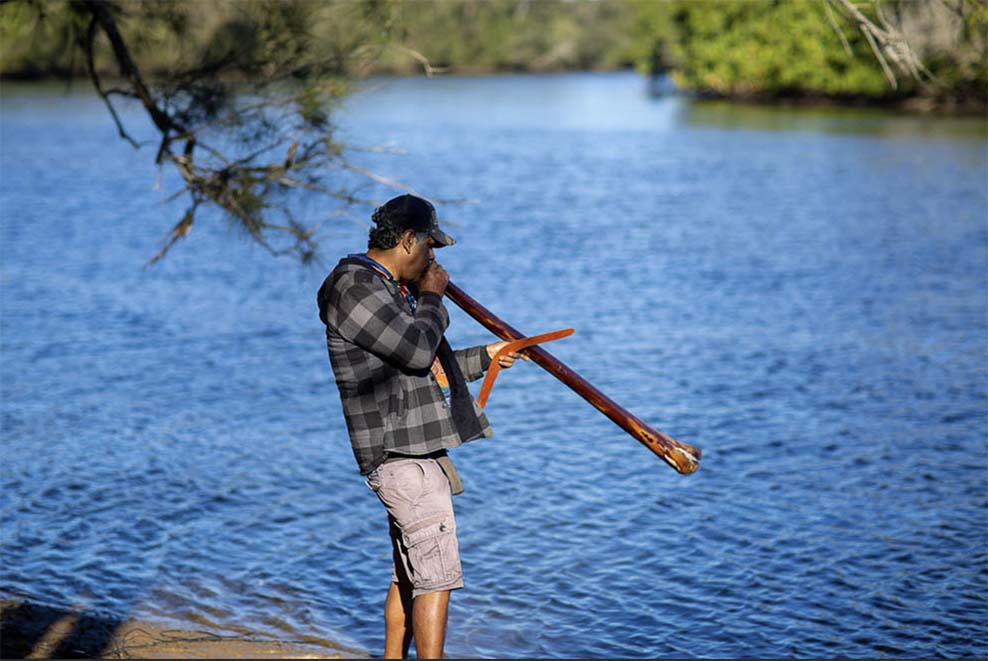 The project was awarded the 2021 APRA Art Music Award for Excellence in Experimental Music – the highest accolade for experimental music in Australia. Judges’ comments included ‘There are no projects more exciting and necessary in Australia at this time.’
The project was awarded the 2021 APRA Art Music Award for Excellence in Experimental Music – the highest accolade for experimental music in Australia. Judges’ comments included ‘There are no projects more exciting and necessary in Australia at this time.’
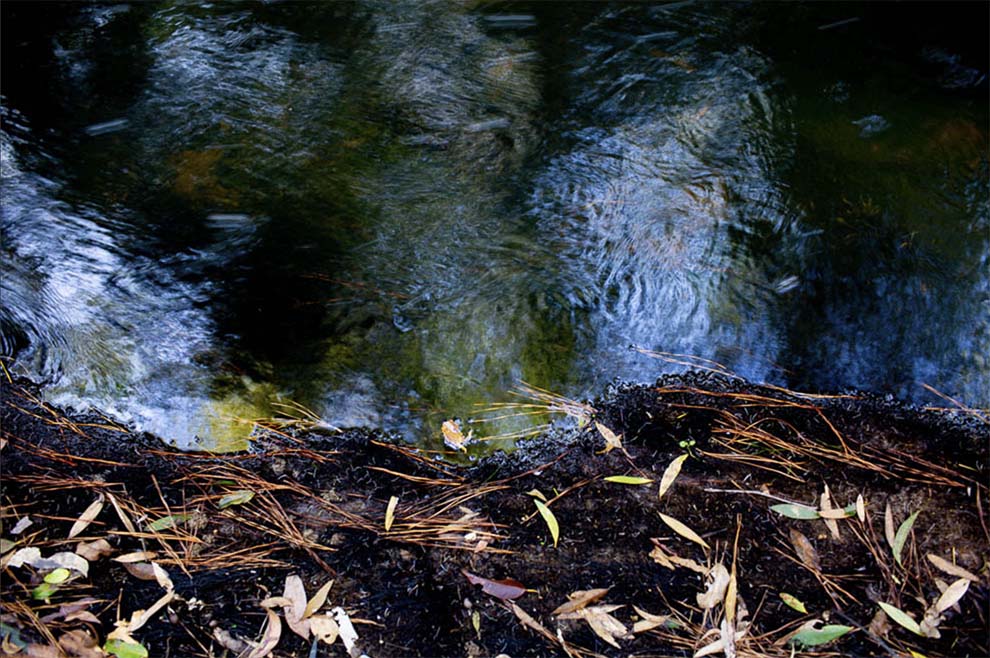 The Artist:
The Artist:
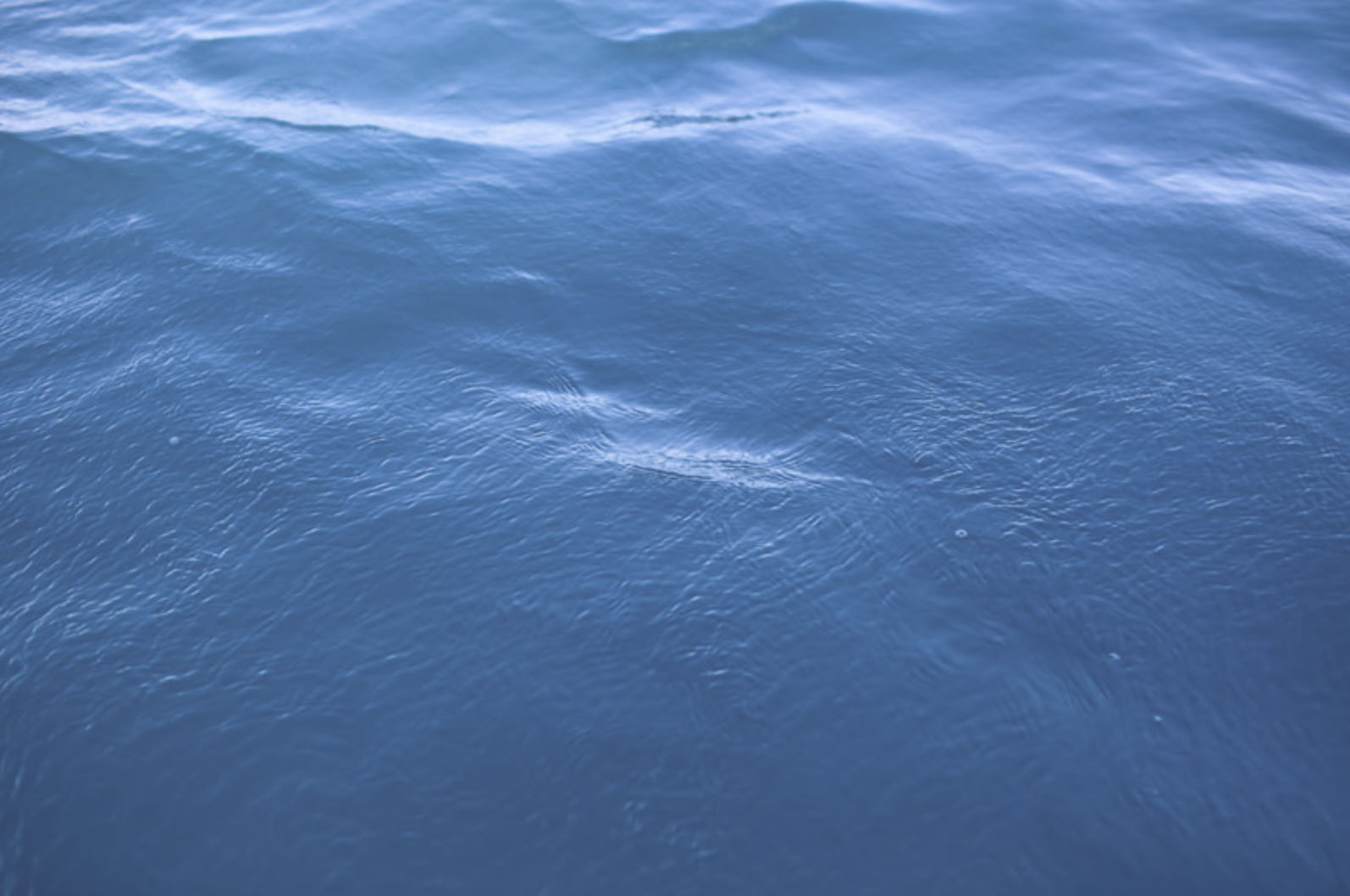
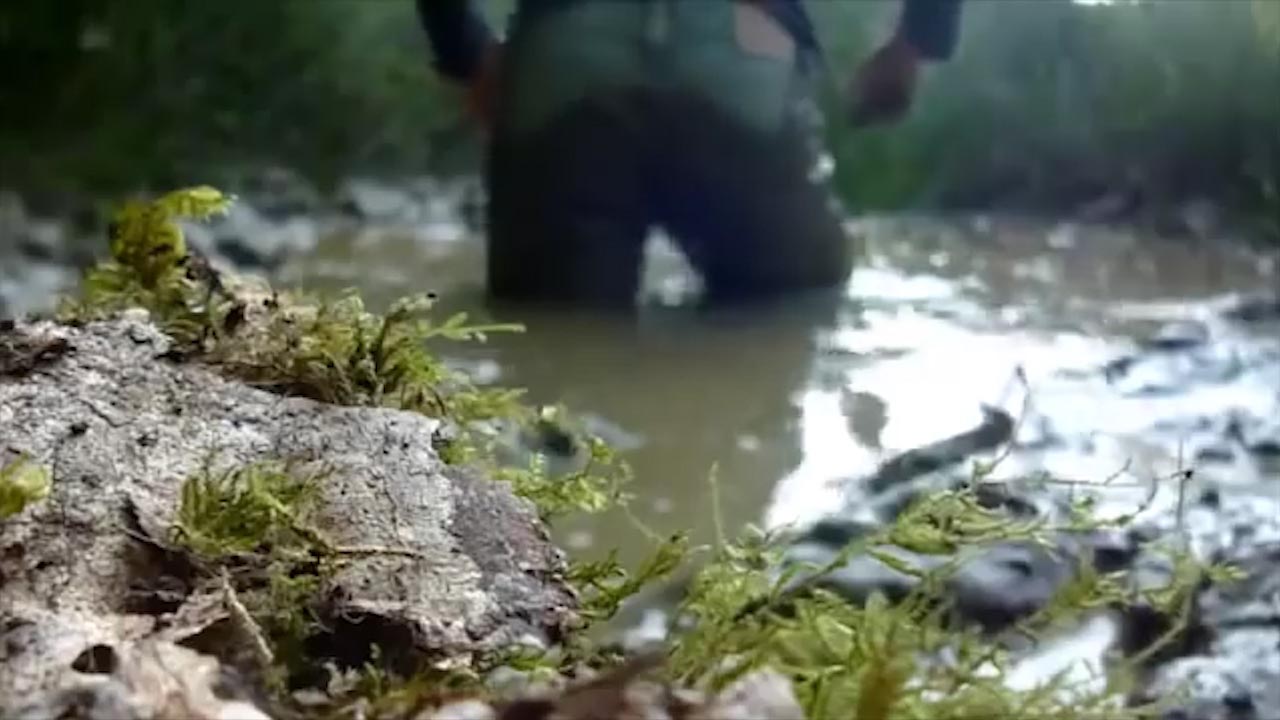 The Artist:
The Artist: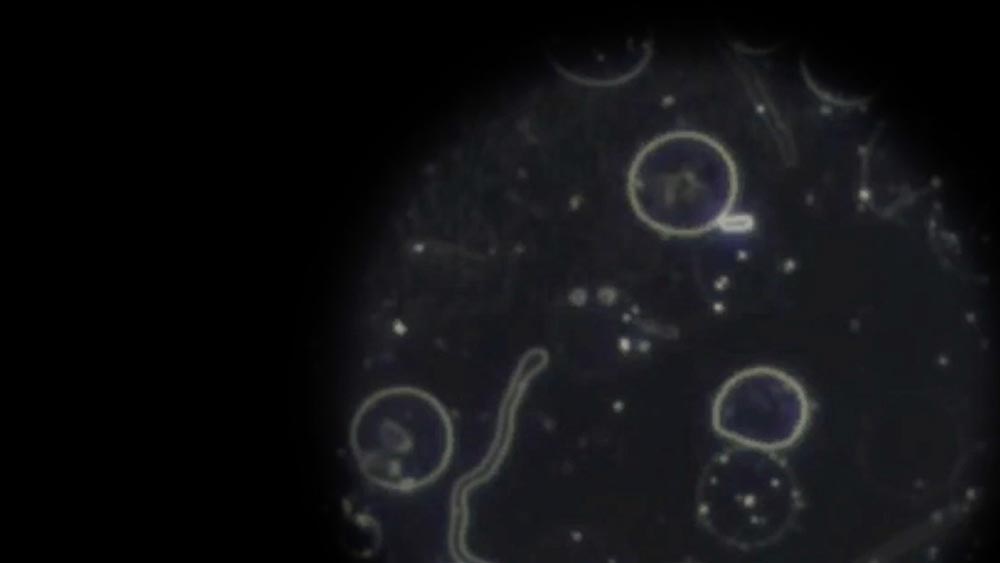 The Artists:
The Artists:
 The Artist:
The Artist:

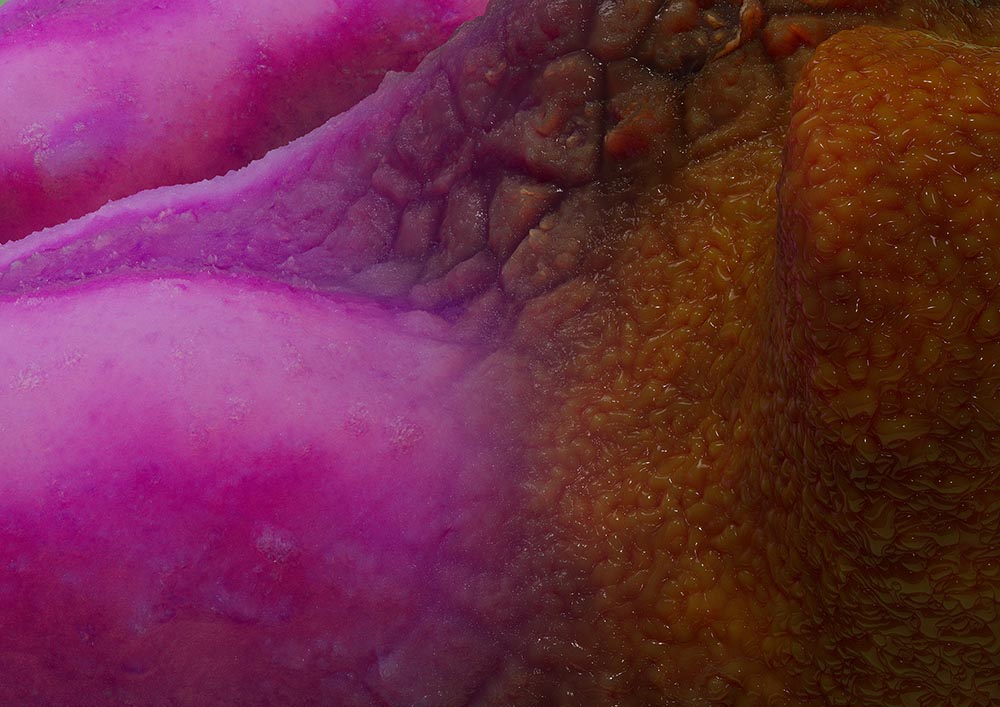 The Artists:
The Artists:
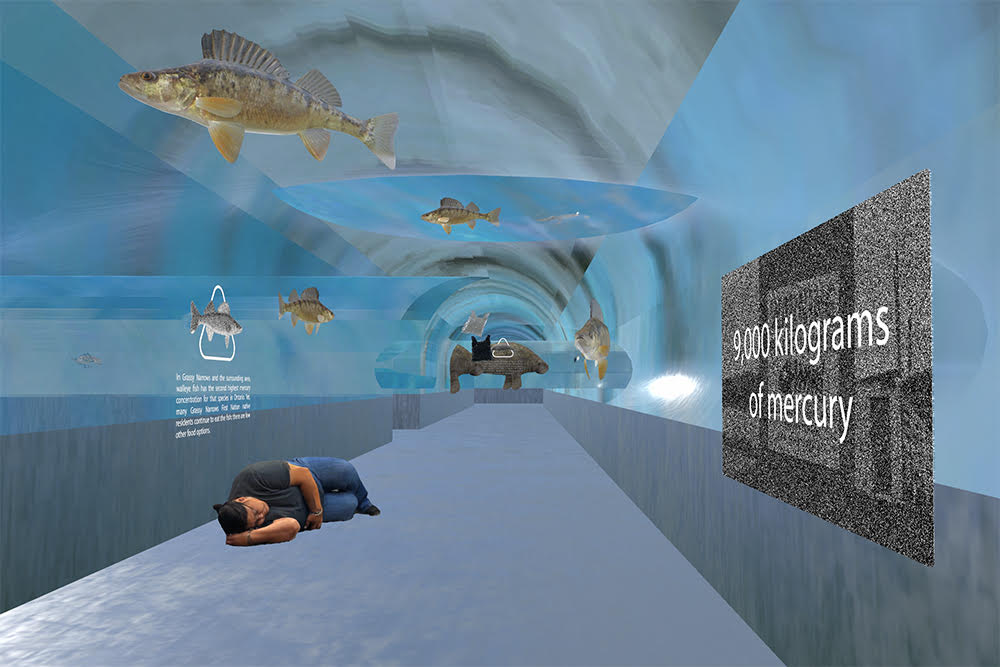 The Museum of Ecological Racism and Human-Animal Connection is an innovative virtual exhibition within the Metaverse that confronts the intricate and frequently underappreciated issues surrounding environmental justice, the struggles of marginalized communities, and the symbiotic relationship between human and non-human species. Utilizing the Metaverse, the Spatial.io platform, this VR exhibition aims to provide an immersive and boundary-defying experience, bringing together individuals from various backgrounds to engage in meaningful discussions about the systemic environmental challenges communities worldwide face.
The Museum of Ecological Racism and Human-Animal Connection is an innovative virtual exhibition within the Metaverse that confronts the intricate and frequently underappreciated issues surrounding environmental justice, the struggles of marginalized communities, and the symbiotic relationship between human and non-human species. Utilizing the Metaverse, the Spatial.io platform, this VR exhibition aims to provide an immersive and boundary-defying experience, bringing together individuals from various backgrounds to engage in meaningful discussions about the systemic environmental challenges communities worldwide face.
.jpg) The Artists:
The Artists:
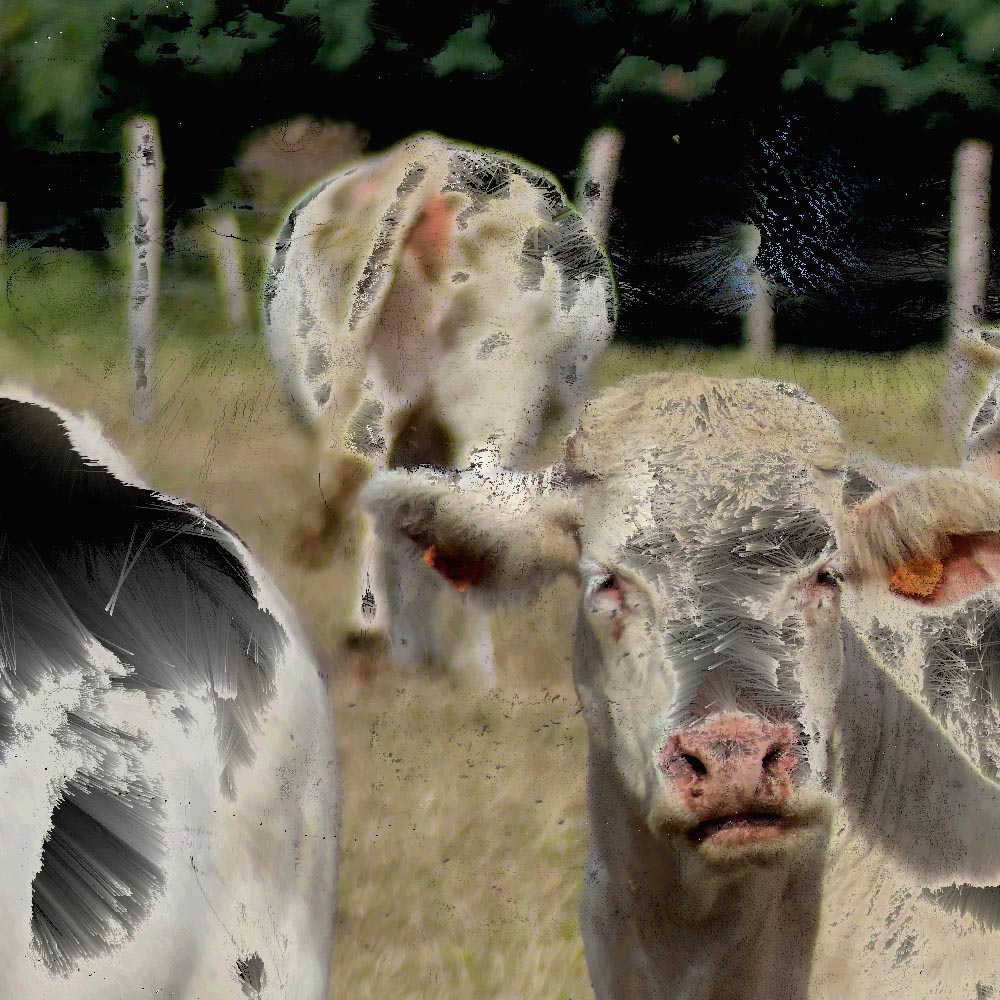 The Artist:
The Artist:
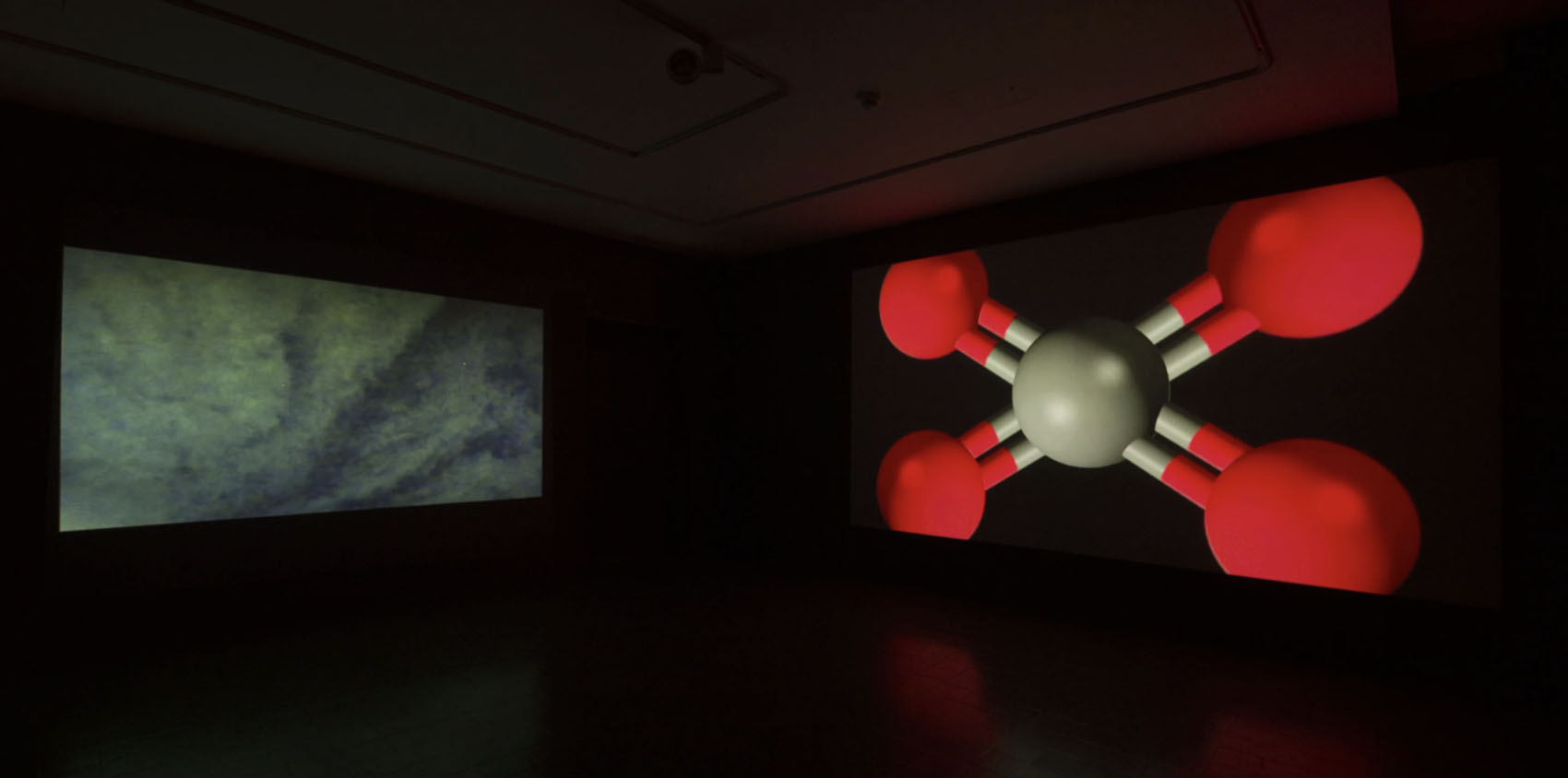 The Artist:
The Artist:

